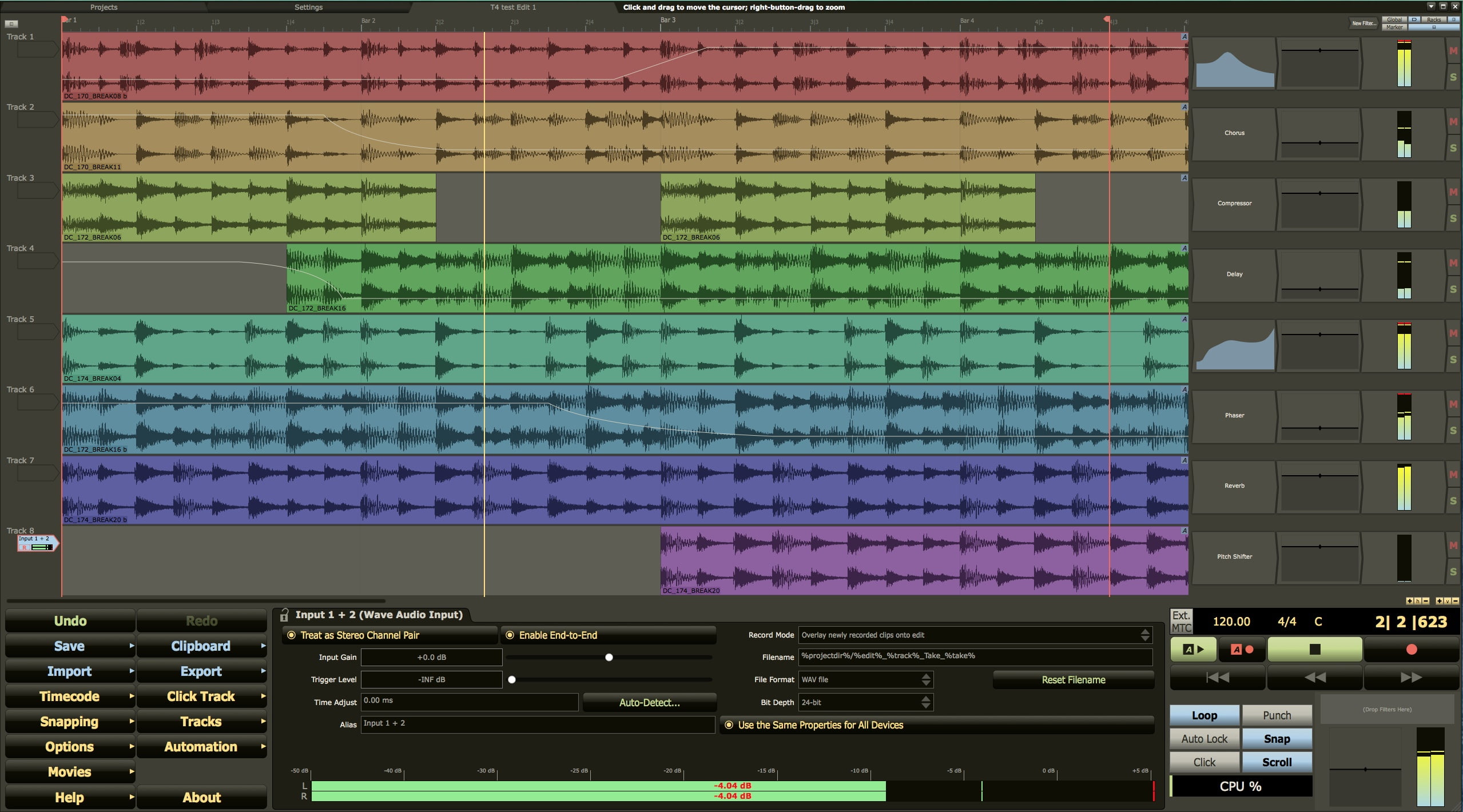
While this is a familiar design based on physical mixing desk layout, it can lead to a visually complex interface incorporating a large number of User Interface objects which can increase the need for navigation and disrupt the mixing workflow. Now that you know the basics here’s how to bounce your audio from your DAW.The majority of Digital Audio Workstation designs represent mix data using a channel strip metaphor. If you’re worried about offline mode having an effect, stick with realtime. In some cases, offline bouncing may cause issues with CPU heavy plugins or intricate automation. This can save you a lot of time, especially if you need to bounce many tracks individually. Offline bounce renders the export file much faster than real time. This method is slow but safe and reliable.

Realtime bounce writes the audio file to disk at the same speed as playback in the DAW. Use multiple mono if you’re exporting tracks one by one. Make sure to select interleaved if you want a traditional stereo bounce file. Normalizing will increase the gain of your file a lot-not what you want for keeping good headroom for mastering. Make sure to NOT normalize the files you export for mastering. So stick with these formats for your bounces as well. These formats are best for uploading during the mastering step. Both are lossless formats, so there’s no sound quality difference between the two. Hot tip: Your DAW may have the option to create AIFF or WAV files while recording. That includes when you bounce files that are the same bit-depth as the ones you recorded. When you export anything other than 32-bit float, you have to dither.

Don’t change file types unless you absolutely have to. If for some reason you need to downsample, be sure to dither during conversion.But when it comes to your tracks, all you need to know is when to apply it. Stick with what you have or choose 32-bit floating point if it’s an option.ĭither is a pretty technical subject. If you choose a lower resolution, your DAW will have to convert your exported file to the target sample rate and bit depth.

Resolutionĭon’t export your song to a lower resolution than the one you’re using in your project. No matter which DAW you’re using, here’s what you need to know. Our powerful, AI-driven mastering engine listens to your song and delivers pristine, studio-quality music that’s ready for release.


 0 kommentar(er)
0 kommentar(er)
